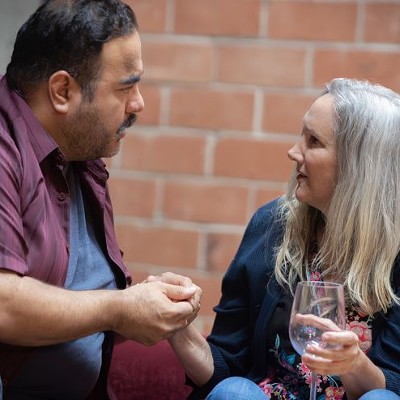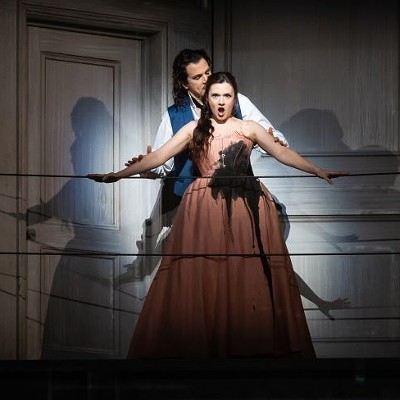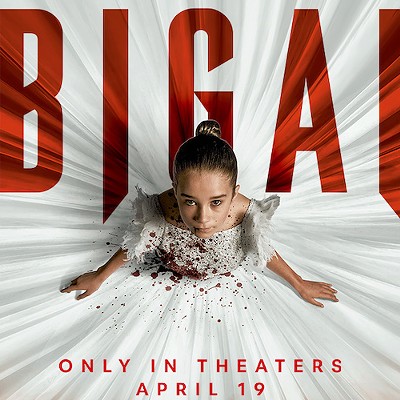Money is a weird thing. You can throw it at people and they'll give you just about anything if you throw enough of it at them. On the other hand, you can go to different places in the world and that magic pile will shrink or expand depending on exactly how high the self-esteem of the countries happen to be in relation to each other. Is that right? I'm not good with economics.
Video games have money in them, as well, for the purchasing of necessary tools and supplies. The question that got into my head was, "What was the exchange rate between the major video game franchises?" If Mario found himself in Hyrule, what exactly could his big bag of coins buy him?
For the purposes of finding this out, I decided to focus on three basic video game franchises, Mario, the Legend of Zelda, and Final Fantasy. I'm eschewing MMOs because the nature of their economy is so liquid and changeable, not to mention the fact that unlike your basic console games there are ways to convert real-world wealth into game wealth. The model is just not self-contained enough.
Now, we have to find some common ground to determine an objective worth. We need a sort of gold standard to rank the gold coin against the rupeee and both against the gil. The most obvious and basic of necessities that span the three series is healing items.
In Zelda your basic curative supplement is the red or heart potion. It fully restores all your health. The price of the drink varies from game to game and is a bit hard to pin down. The most recent game, Skyward Sword, charges 30 rupees. There is a caveat, though. It is the latest game released, but chronologically it is also the earliest adventure which means it should probably be discounted for inflation since ancient times.
The most recent games (Again, within the internal history) to feature red potions are Spirit Tracks and the original Legend of Zelda. Spirit Tracks charges an average of 125 rupees, but the better item for comparison is the yellow potion which fully restores Link for 200. That seems like a pretty firm place to stand. We'll discount the basically concurrent timeline of the NES Legend of Zelda's price of 68 rupees because Hyrule is completely overrun by Ganon's forces in that timeline and thus sports an occupied economy.
Mario has fewer options here. We could go back to Super Mario RPG for the easiest comparison, but as that uses a lot of Final Fantasy rules we'll nix it. The Paper Mario series has healing items, and the most recent one is Sticker Star. In Sticker Star, the basic mushroom sticker costs 15 gold coins, and the fully restorative flashy mushroom sticker costs 50.
On the other hand, Thousand Year Door used ultra shrooms as the top healing item, which sold for 200 gold coins. Plus, at maximum possible HP you would need four of them to fully heal, putting the cost up to 1,000 gold coins.
Being that Thousand Year Door is bit more of a landmark title than Sticker Star, it's probably best to go with the 1,000 gold coin mark.






